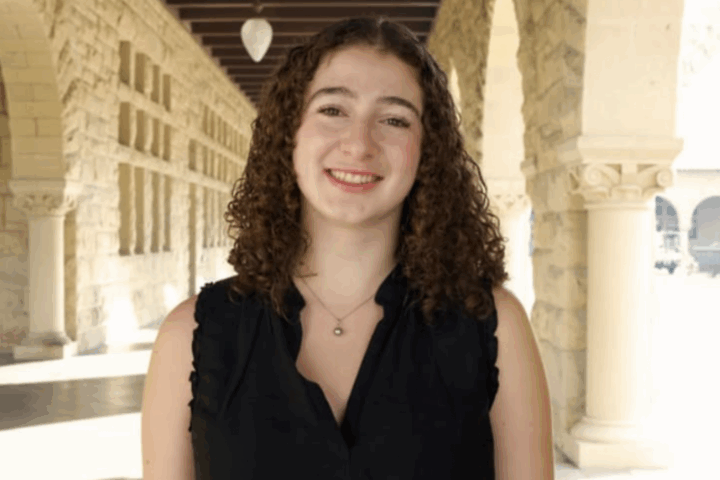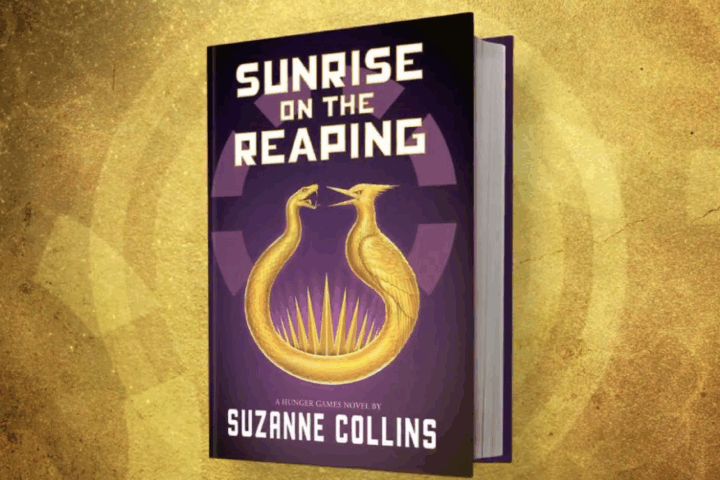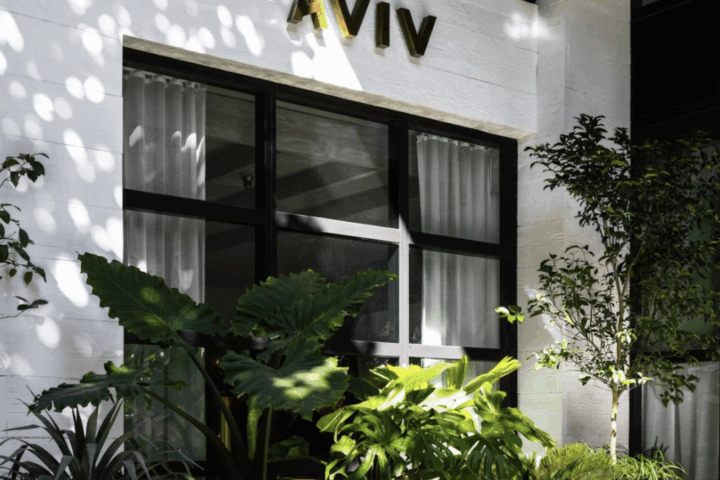The Fieldston Lower School, the elementary school of a larger Fieldston PreK-12 campus, is a slice of pure happiness, filled with music, dancing and bright colors. At “Lower,” education is strongly individualized and kids are encouraged to take up their own interests and become independent learners, their own best advocates and creative souls to boot.
In the first grade, there are two classes, consisting of 18 and 19 students. There are two head first-grade teachers, Min Young Song and Maddalena Loeb, with two associate teachers, Allison Snyder and Amanda Wells. Normally, one class consists of one head teacher and one associate teacher, but to create a COVID-safe environment, each class is split into two pods, with around 8 kids in each pod. The associate teachers are independent in teaching their pods, and the head teachers each teach their own pods, although communication is still very prevalent between all four teachers. Additional proctors have been hired this year so that each teacher is not the only one in their pod. Each of the four teachers has a system of a proctor helping them out one week, and a specialist helping them out the next. Next year, the system will return to the traditional system of two classes with a head teacher and associate teacher in each.
Inside Min Young’s first grade classroom, students communicate with each other across their socially distanced desks, sharing their findings and thoughts. Smiles are present even underneath colorful masks. Kids walk with a pep in their step, excited for another day.
The first grade is not only a community but an ecosystem, where each person has their own separate, yet connected, role.
It is 8:30 AM on a Wednesday morning in April. Min Young opens the door to her classroom and kids excitedly rush in. I am then invited inside by Min Young, and step into the classroom. She wears jeans, a green jacket and a scarf. The 1A classroom, numbered 101, is small but colorful and well-decorated. The windows are big, and the clouds are gray in the sky outside. There are 8 individual desks, each of trapezoid shape, with a caddy of supplies centered in the front. Books and colorful bins line the shelves. The walls are covered in posters and artwork, and in the center, there is a huge screen. A camera is positioned in front of the board. Once the kids sit down after putting their backpacks and coats into small lockers, they are each given a pump of hand sanitizer. They begin their work on the bird project.
The “Bird Project” has been well known throughout Fieldston Lower for decades. More importantly, generations of Lower alumni fondly remember the rich details of their birds’ lives and many have held onto their scale models. Each student picks one bird to research for a few months, and they pick from a wide selection of short books written by teachers over the years. Today, the kids are picking their birds. In time, they will “build” their birds and habitats. They are encouraged to look through as many books as they can so they can familiarize themselves with more birds. The students curiously read the books, sharing their findings with their classmates. Some are more vocal about their books and some are more reserved. Some kids excitedly share the information with Min Young, who responds enthusiastically. She tells the kids about endangered birds and how we need to save them.
The bird project was created many years ago as a sort of interdisciplinary study. It combines all aspects of learning; science, math, ethics, art, literacy and movement are all involved in the project. According to the first-grade teachers, children can easily feel empathy for animals. They are able to learn about how to protect and take care of the planet while also developing a stronger sense of empowerment. Feeling knowledgeable about one topic is key to the success of the students as individuals. They build a community with the birds, where kids and teachers are interested and observant. The birds are a common thread amongst students, giving them a commonality that they are comfortable speaking to each other about. The students learn to look at the world in a different way, noticing birds in their everyday life that they might not have previously.
The ultimate goal of the Lower School is to create a curriculum that meets students where they are. There are no strict bench points for where a student should or should not be as they move onto the next grade level, and the curriculum is made to be a natural flow from grade to grade. Every year, the language and math coordinators meet with the teachers to discuss the progress of the students and get a sense of where they are in their education.
This year, learning has been more individualized than before. The teachers are still able to provide hands-on activities for the students but to do so, the students complete the activities individually at their own desks instead of with their classmates. The concepts taught are the same, but the execution of how they are taught is what has changed.
One part of the bird project is to learn about the different shapes of beaks and how that changes what food each bird eats. Normally, students will travel between different stations in the classroom, and each station would have different “foods” and “beaks.” This year, instead of each student traveling between stations, the teachers created a station per child. “This required more preparation for us teachers, but children did learn the same concept. Children were still able to collaborate from a distance by verbally sharing out their findings,” the teachers wrote.
At 9 AM, Min Young joins the Google meet for a morning meeting. There is one student online, who the students in person greet. In the lower school, students are either completely in-person or completely remote (there is no hybrid). The in-person students have learned to be flexible and patient with the remote students, and sometimes a method of “back-and-forth” teaching is necessary. The teacher will teach the remote students while the in-person students watch and listen, and vice versa. “We did wonder how this would play out, but have been pleasantly surprised to see how supportive and patient our students have been towards each other,” said the teachers. Fifteen minutes later, the morning meeting begins. Min Young has colorful popsicle sticks with each student’s name, which she uses to pick the leaders for the morning meeting. One student reads the schedule, one reads the calendar, one reads the days we’ve spent in school, and one reads the weather. The schedule includes a time specifically for handwashing. The teachers also try to let the kids outside as much as possible; it is safer in terms of the virus and the kids enjoy it.
The class then takes a “movement break.” They use a website called GoNoodle, whose goal is to “engage and inspire millions of kids every month to channel their boundless energy–getting them up, moving and becoming more mindful,” as stated on their website. They have tons of videos to choose from, each one with a song and animation. The students chose a song about the heart and followed along with the dance moves. Then, they watch a meditation video that encourages them to breathe, relax and smile.
Maddalena Loeb teaches the other first-grade class. I follow her outside to observe the language arts period. The kids sit outside on the grass in a circle; the sky is gray above and the wind makes us shiver. The outdoor spaces at Fieldston are considered classrooms, and they are taken advantage of as much as possible. When the weather is nice, students spend a lot of time outside, playing and exercising. Each student has their own clipboard, paper and pencil. Maddalena reads a word and the students are instructed to write it down. Today, they are learning about words that end in “-ing.” She goes around to check everyone’s writing, and when they are finished, the kids are allowed to play on the grass. They immediately start chasing each other around, hiding behind trees and happily laughing. On another part of the grass, a teacher sits on a chair, playing the guitar and singing the Fieldston Lower School song to a group of kindergarteners. One day, these kids will grow up to sing the song on Founder’s Day. The traditions start young here.
What separates Fieldston from other elementary schools is the child-centered curriculum, which dates back to Dr. Adler’s “whole child” approach. This includes “hands on” classes like woodshop, music and visual arts (which taps into manual dexterity and creativity), and the more traditional subjects, like language arts and math, that have a more conventional academic dimension. Here, all subjects are equally important and are curated to be fun and exciting for students. The teachers at Lower are committed to the school’s mission that centers around diversity and equity, and they are also immensely dedicated to catering to students’ needs.
Children are encouraged to use their own voice and make their own choices, as well as collaborate with each other. Teachers leave questions open-ended and hearten students to think deeper, asking questions like “Tell me more” and “Why is that the answer?” The curriculum also highlights social justice and activism. In addition to learning the scientific parts of birds, students are compelled to think about the steps they can take to help the birds, or in other words, how to take what they know and make it socially applicable. The teachers know that it is not just knowledge that will change the world, but it is what the students will do with that knowledge. They study writers like Angela Johnson and Grace Lyn, both women of color who write about their personal experiences and the history of marginalized people.
This year, teachers have spent more time meeting and planning than ever before. They have demonstrated extensive flexibility and dedication, using the weekends and their off-hours (doubling their planning time) to communicate with each other to make a safe but still exciting curriculum. The pandemic and limitations that came with it have allowed them to be creative and view their teaching through a different lens.
As for the students, flexibility is in their nature. The teachers explained how although there was a learning curve at first, the students were able to adjust quickly. A predictable schedule was vital to success throughout the pandemic because it brought some normalcy and consistency to an ever-changing world. Small pods helped to better cater to childrens’ needs, and they are well-prepared for second grade.
“Kids are very resilient… and they have grown immensely in their pods with lots of love,” says Min Young.
*A special thanks to Min Young Song, Maddalena Loeb, Allison Snyder, Amanda Wells, and Joe McCauley.





